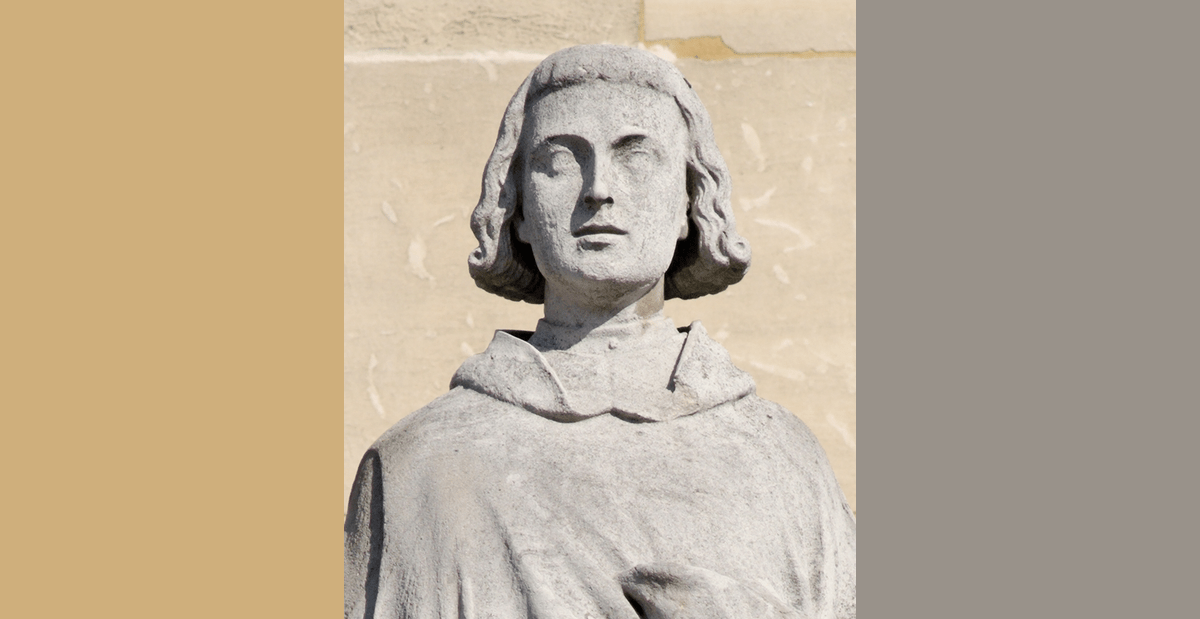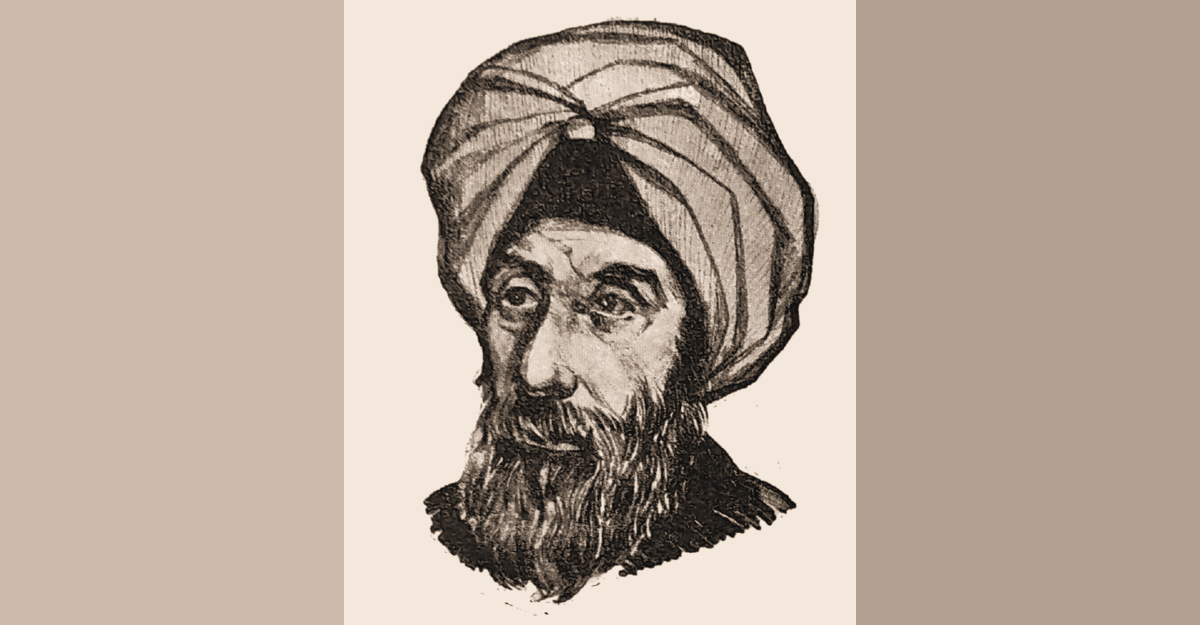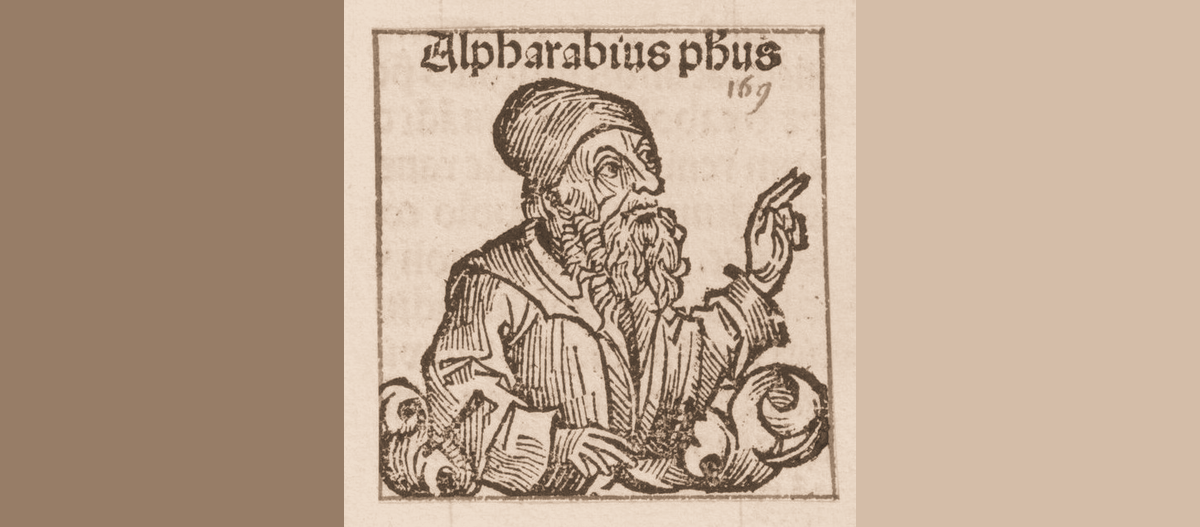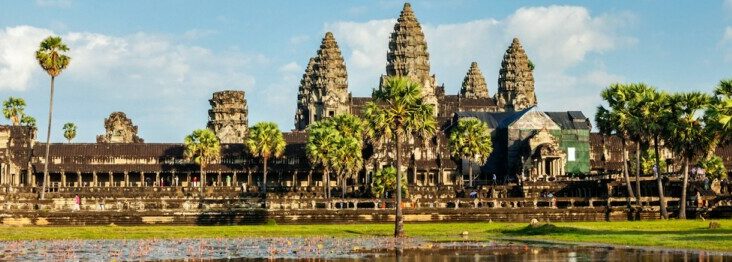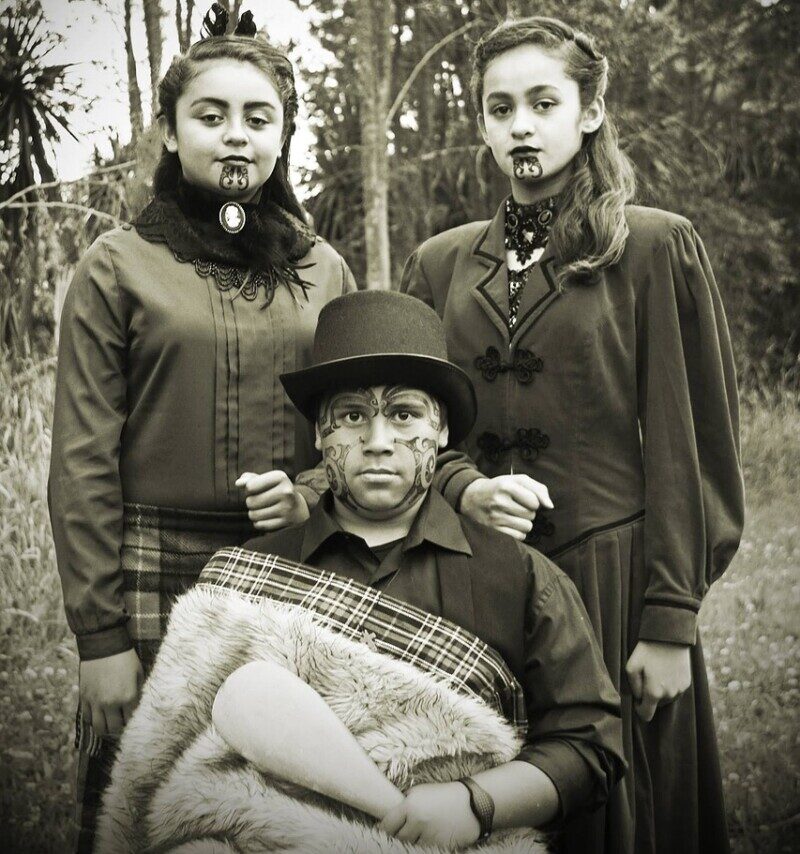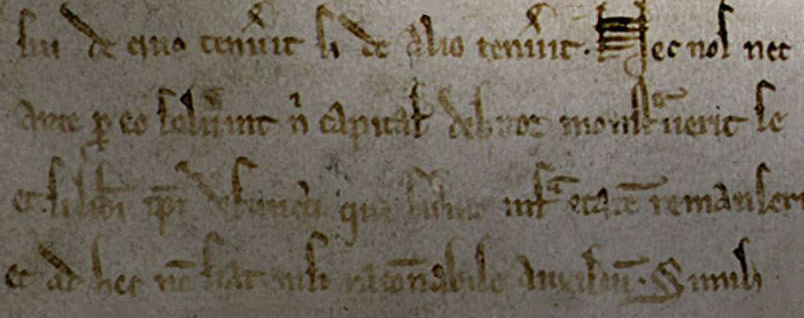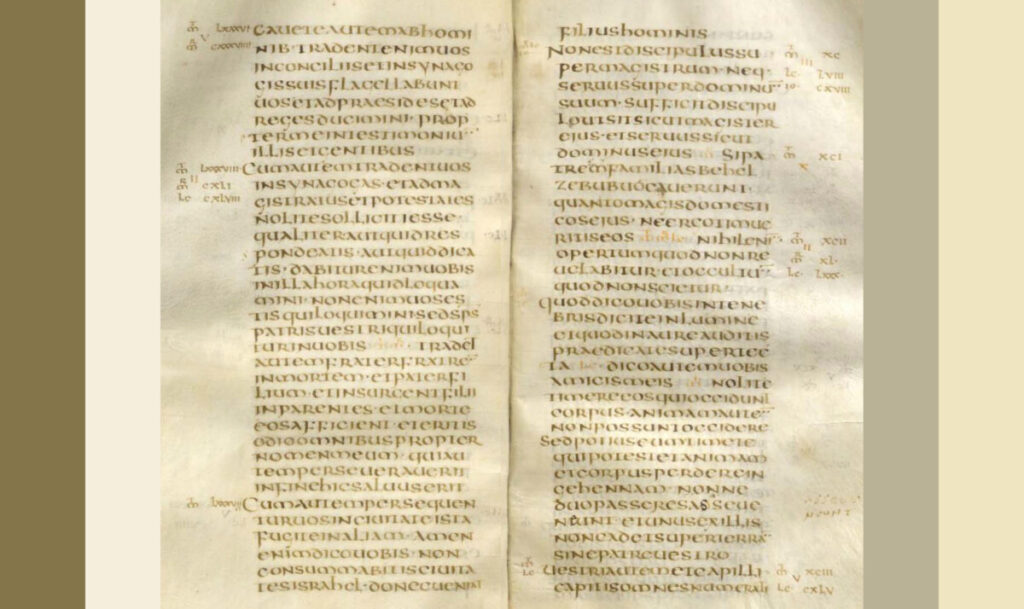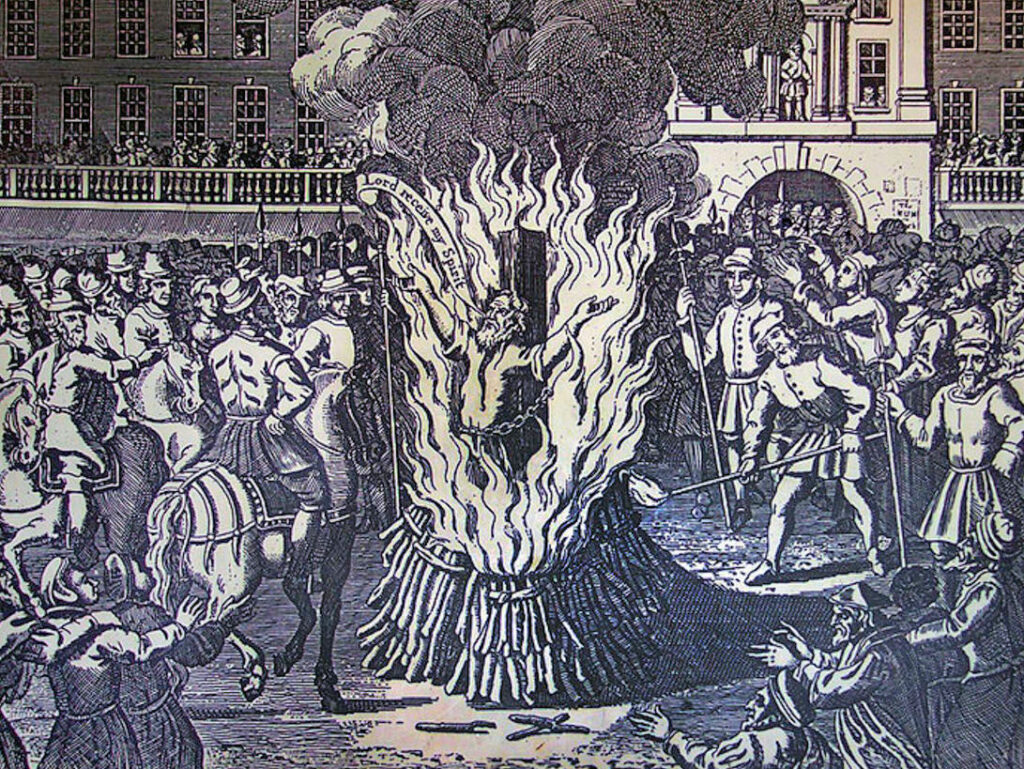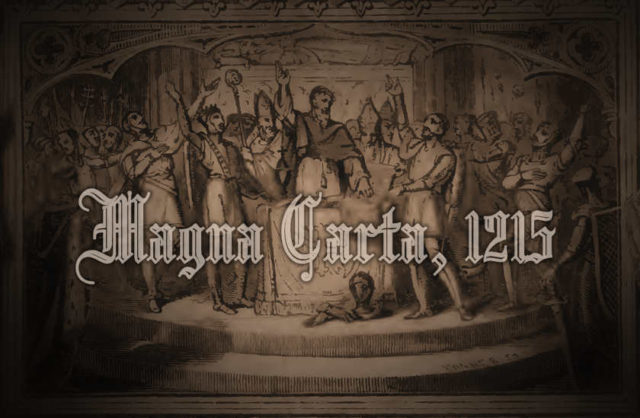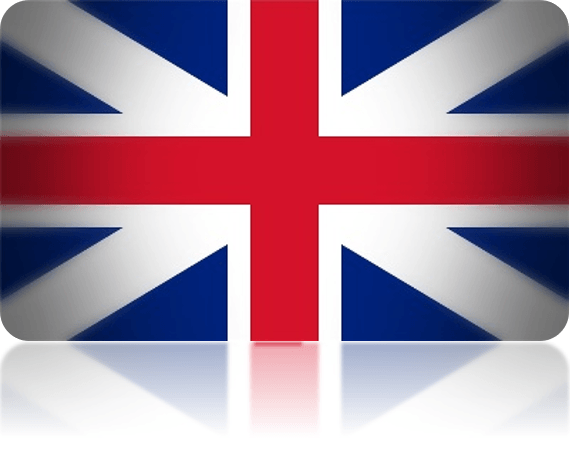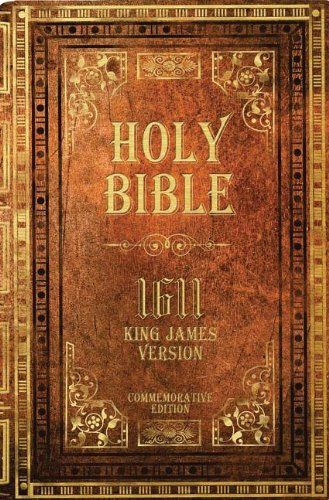Peter Abelard (1079-1141)
38 Generations Ago 30 Phil, Chapter 18: Peter Abelard and Universals Touchstones: Intent, Object-Oriented Nature, Pattern Recognition, and The Idea of Ideas Born in 1079 in Le Pallet, a small village in France, Peter Abelard hailed from a noble lineage. His father, a knight of the local lord, intended for his son to follow in […]
Peter Abelard (1079-1141) Read More »

